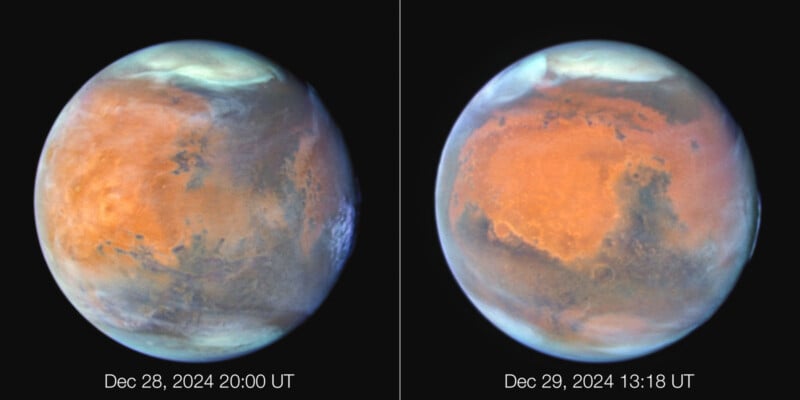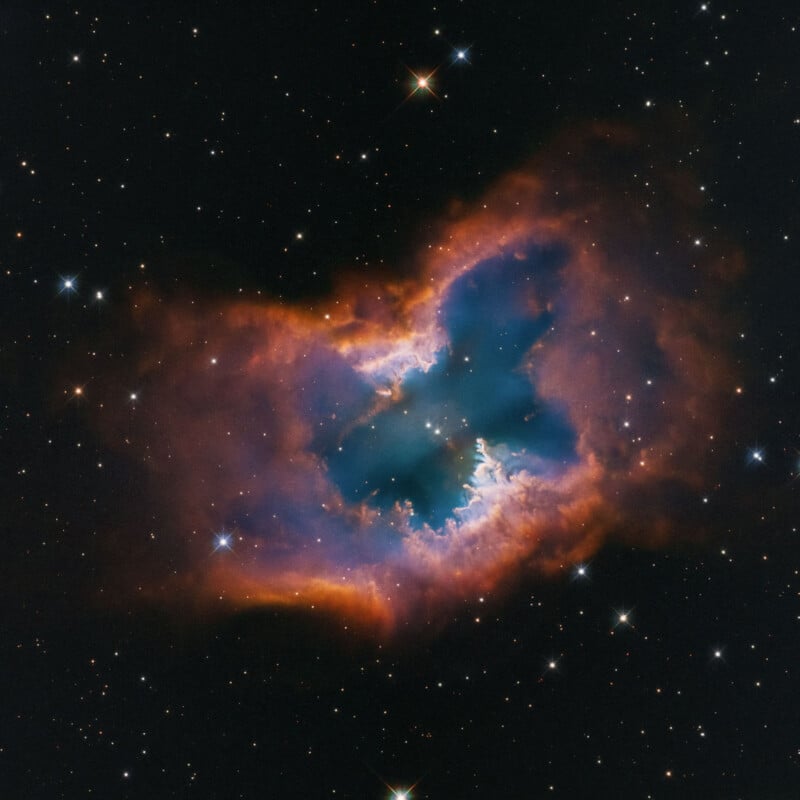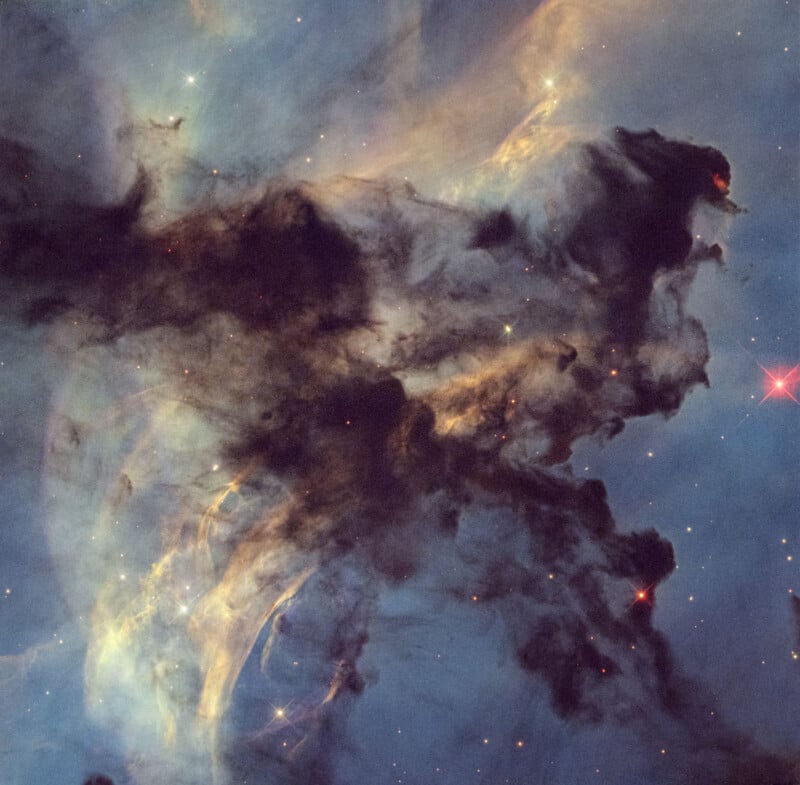The Best Photos From Hubble’s 35th Year in Space
![]()
NASA’s space shuttle Discovery deployed the Hubble Space Telescope 380 miles (610 kilometers) above the Earth on April 24, 1990, 35 years ago today. To celebrate Hubble’s birthday, NASA released four breathtaking new images.
“After more than three decades of perusing the universe, Hubble remains a household name — the most well-recognized and scientifically productive telescope in history,” NASA explains. “The Hubble mission is a glowing success story of America’s technological prowess, unyielding scientific curiosity, and a reiteration of our nation’s pioneering spirit.”

Outside the blurry confines of Earth’s atmosphere, Hubble has enchanted scientists and space enthusiasts with its incredible, crystal-clear shots of cosmic objects near and far for the past 35 years. Over the years, scientists have made numerous repairs and upgrades to the venerable space telescope, ensuring its imaging equipment can meet the rigorous demands of modern scientific endeavors.
“Hubble opened a new window to the Universe when it launched 35 years ago. Its stunning imagery inspired people across the globe, and the data behind those images revealed surprises about everything from early galaxies to planets in our own solar system,” says Shawn Domagal-Goldman, acting director of the Astrophysics Division at NASA Headquarters in Washington.

“The fact that it is still operating today is a testament to the value of our flagship observatories, and provides critical lessons for the Habitable Worlds Observatory, which we plan to be serviceable in the spirit of Hubble,” Domagal-Goldman continues.
The 24,000-pound observatory had a rough start to its life in April 1990 when scientists discovered a surprising flaw in the telescope’s eight-foot primary mirror. Astronauts came to the rescue three years later, addressing the issue and improving the telescope’s optical performance.

Since it was deployed 35 years ago, Hubble has performed nearly 1.7 million observations and viewed about 55,000 astronomical targets. Hubble’s discoveries and observations have directly contributed to over 22,000 papers and 1.3 million citations as of February 2025. Hubble’s data, all of which is carefully archived, amounts to more than 400 terabytes. It was NASA’s largest astrophysics mission dataset until the new James Webb Space Telescope.
Thanks to Hubble’s longevity, astronomers have been able to observe the same targets repeatedly over more than three decades, providing unparalleled observations of cosmic variability.

Among Hubble’s extensive list of scientific breakthroughs, the space telescope has looked exceptionally far back into space, helped scientists measure the Universe’s rate of expansion, found supermassive black holes, and made the first measurement of an exoplanet’s atmosphere. Hubble also helped scientists discover dark matter, research that won the 2011 Nobel Prize in Physics.
While the Hubble Space Telescope is incredible, astronomers are excited about its planned successor: the Habitable Worlds Observatory. This telescope “will have a significantly larger mirror than Hubble’s to study the Universe in visible and ultraviolet light. It will be significantly sharper than Hubble and up to 100 times more sensitive to starlight.”
Image credits: NASA, ESA, STScI; Image Processing: Alyssa Pagan (STScI)